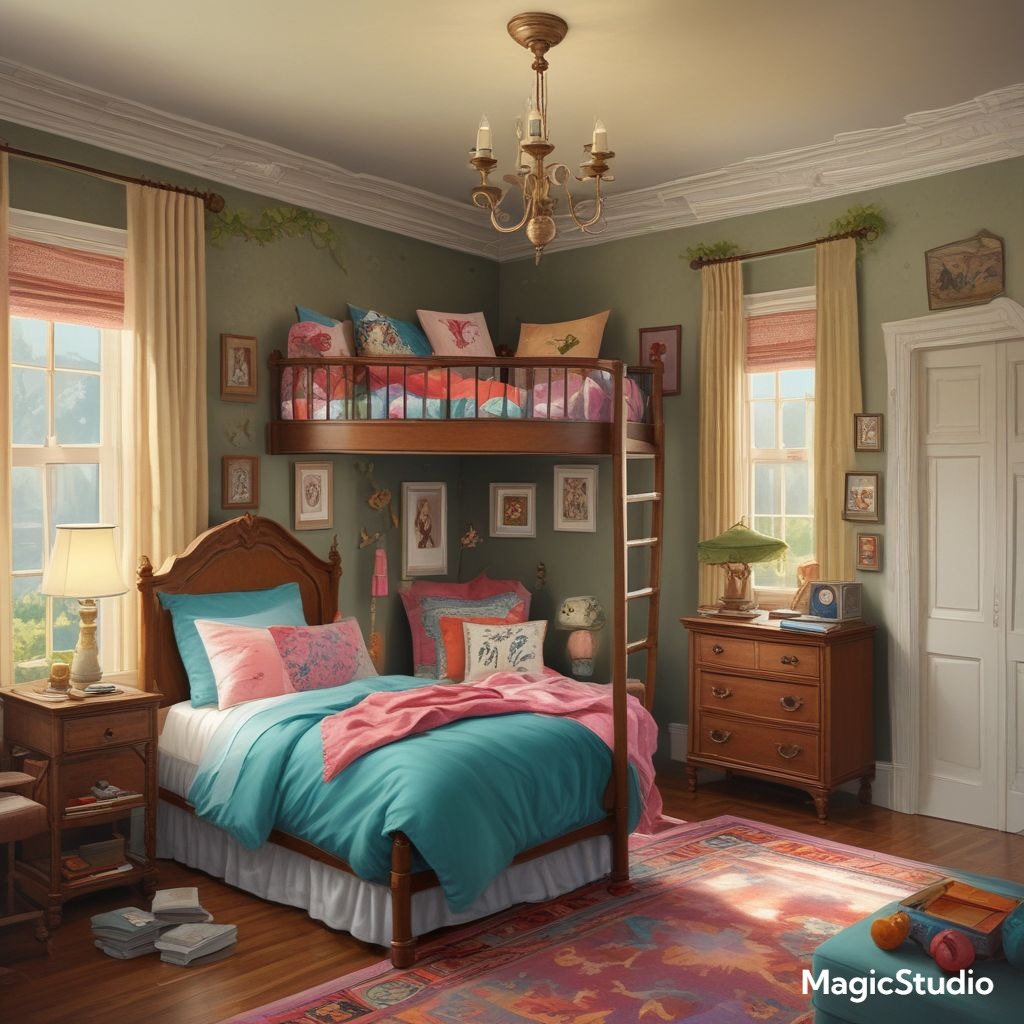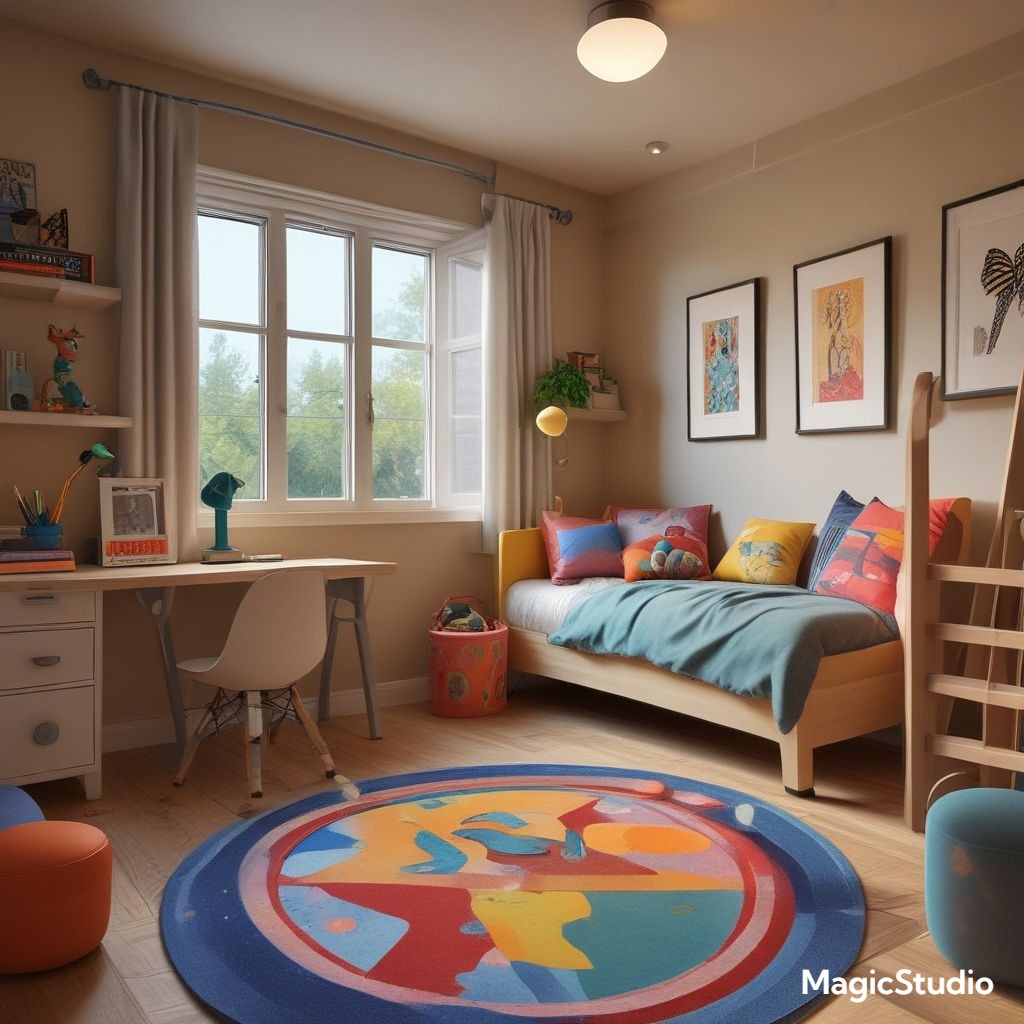Creating a kids’ bedroom that seamlessly blends play and rest is a design challenge worth tackling. This space should be a haven for imaginative play, a cozy retreat for sleep, and a stimulating environment for learning and growth. With careful planning and a touch of creativity, you can transform a plain room into a magical wonderland that caters to both play and rest. The key lies in creating distinct zones within the room, utilizing playful color palettes, and incorporating furniture that serves multiple purposes.
Playful Pops of Color
Embrace the vibrancy of childhood with pops of color that energize the play area. Think bold hues like sunshine yellow, sky blue, and vibrant orange, contrasted with calming neutrals like white, grey, or beige. This approach creates a dynamic and stimulating environment for play while maintaining a sense of order and calmness in the sleeping area. In the US, the use of bright primary colors is popular for children’s rooms, while European trends lean towards softer pastels and natural tones.
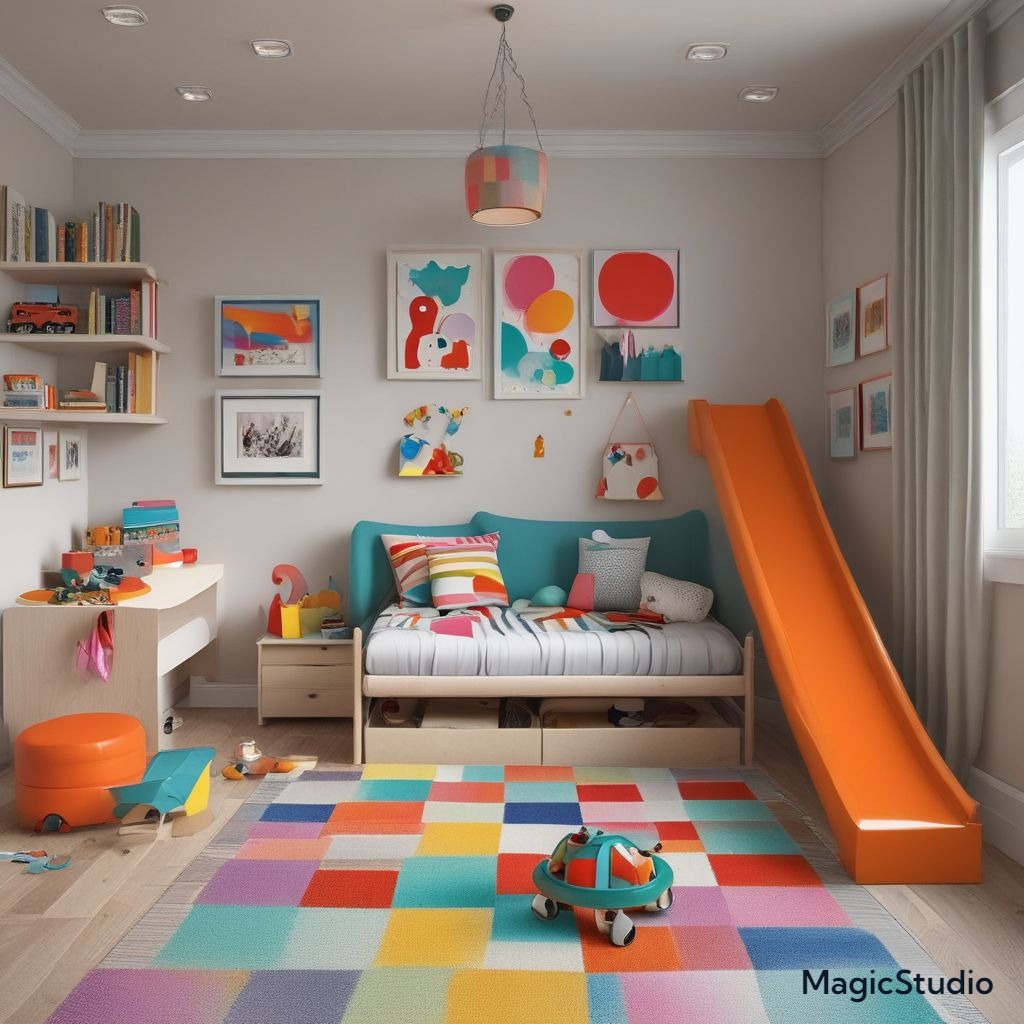
Themed Adventures
Transport your child to their favorite fictional worlds by creating a themed play area. A nautical theme with navy blue, red, and white accents, complete with a ship-shaped bed and rope ladders, is a classic choice. For adventurous spirits, a jungle theme with leafy green, brown, and orange hues, incorporating treehouse-inspired beds and animal-shaped cushions, is a thrilling option. Alternatively, you could create a whimsical fairy garden with soft pastel colors, whimsical fairy lights, and a fairy house nestled in a corner. The possibilities are endless!
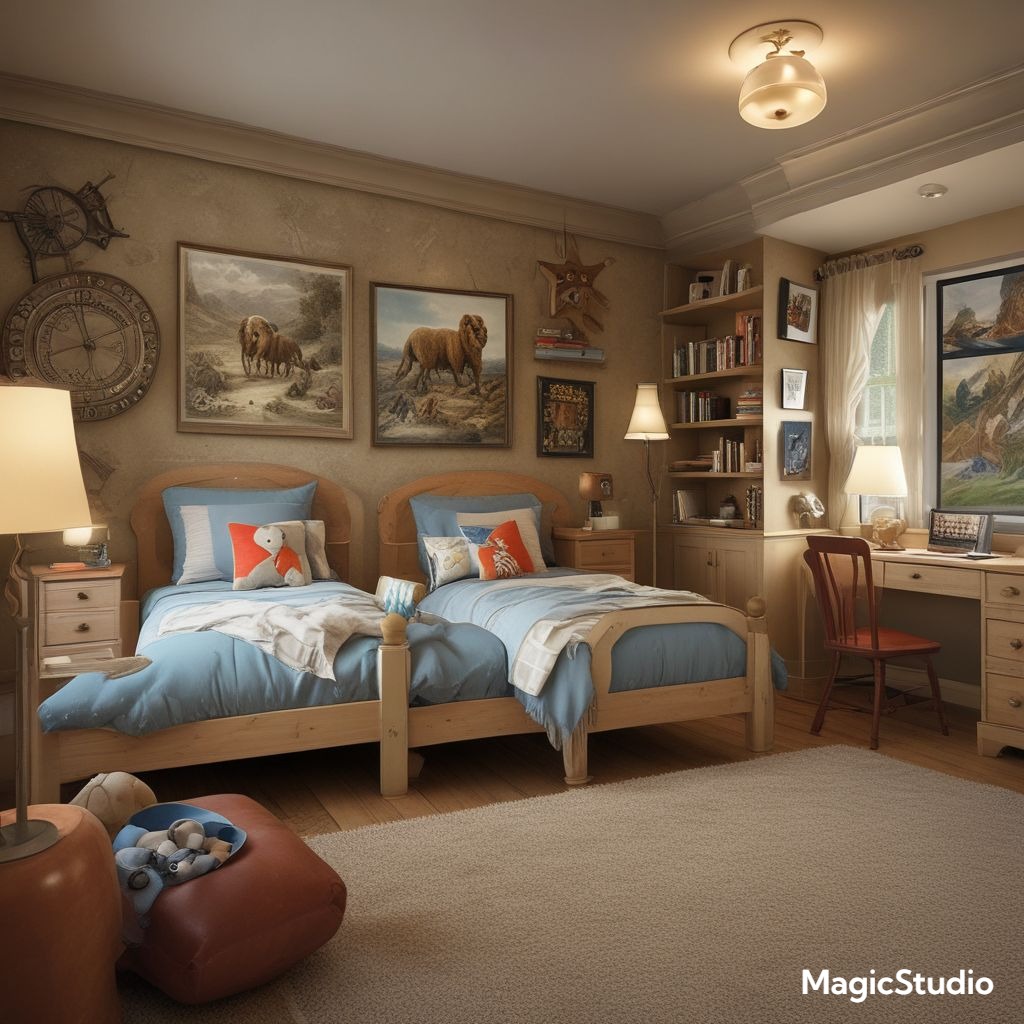
Multifunctional Furniture
Maximize space and create a seamless flow between play and sleep by incorporating multifunctional furniture. A loft bed with a built-in desk or play area underneath is a popular choice, providing a designated sleeping area and a separate space for play or study. Storage ottomans can double as seating and storage for toys, while a playhouse tent can transform into a cozy reading nook during quiet time. In the US, space-saving furniture solutions are highly sought-after, while in Europe, emphasis is placed on quality and durability.
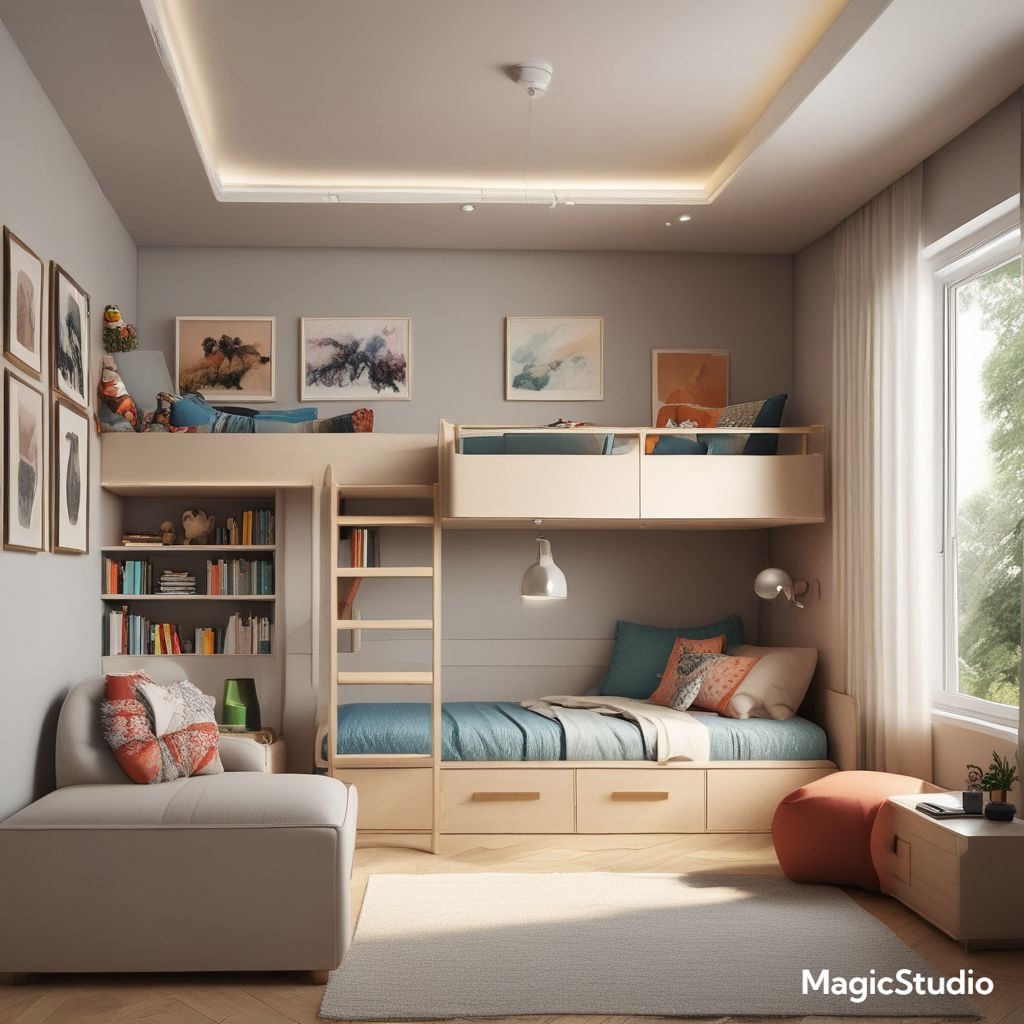
Sensory Play Area
Stimulate your child’s senses with a dedicated sensory play area. This can be a simple corner with soft textures like fluffy rugs and plush cushions, or a more elaborate space with a sensory wall featuring different materials like wood, metal, and fabric. The inclusion of a sensory play area encourages exploration and discovery, supporting sensory integration and motor development. Consider incorporating calming colors like lavender and blue, or stimulating colors like orange and red, depending on the desired effect.
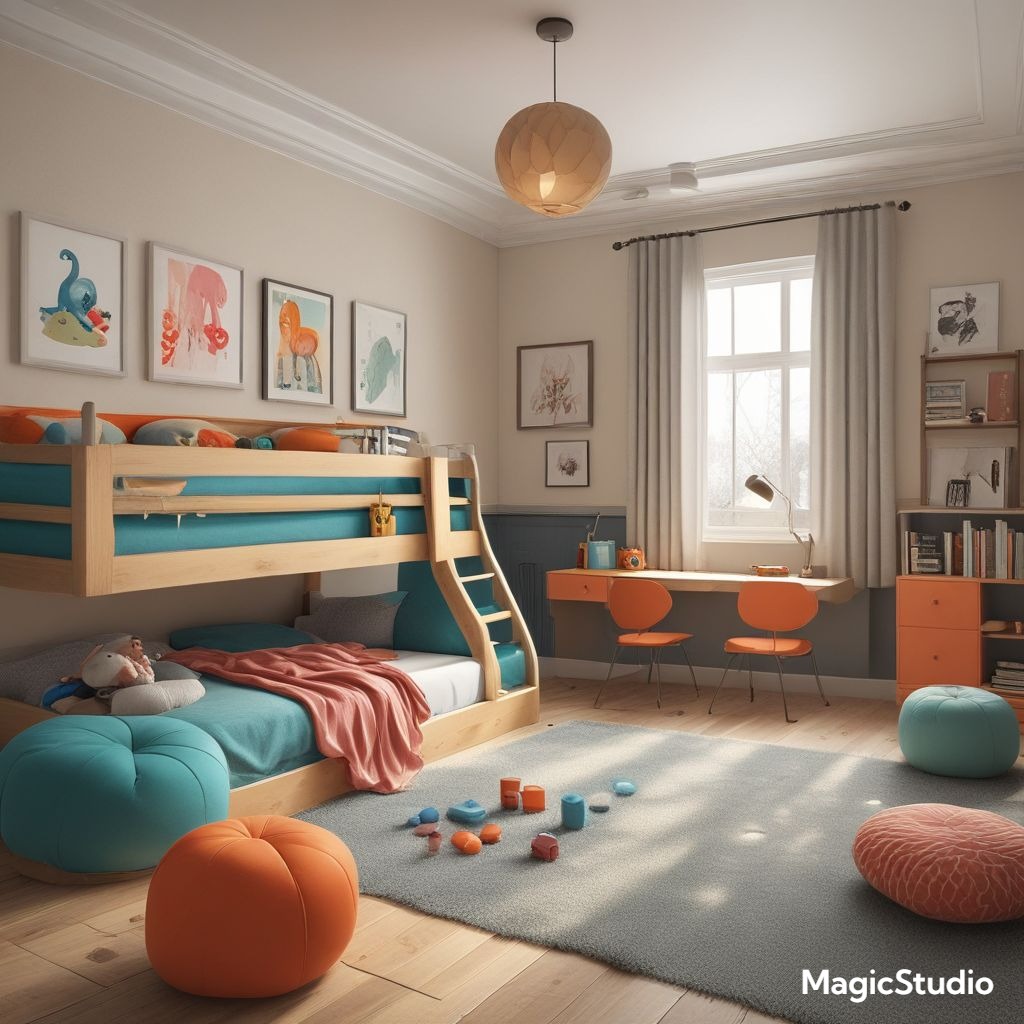
Open Shelving for Toys
Keep toys organized and easily accessible with open shelving. This allows children to see and choose their playthings, encouraging independent play and promoting a sense of ownership. Opt for brightly colored shelves that complement the overall design of the room, or use baskets and bins to add a touch of whimsy. In both the US and EU, open storage solutions are gaining popularity in children’s rooms, prioritizing accessibility and a streamlined aesthetic.
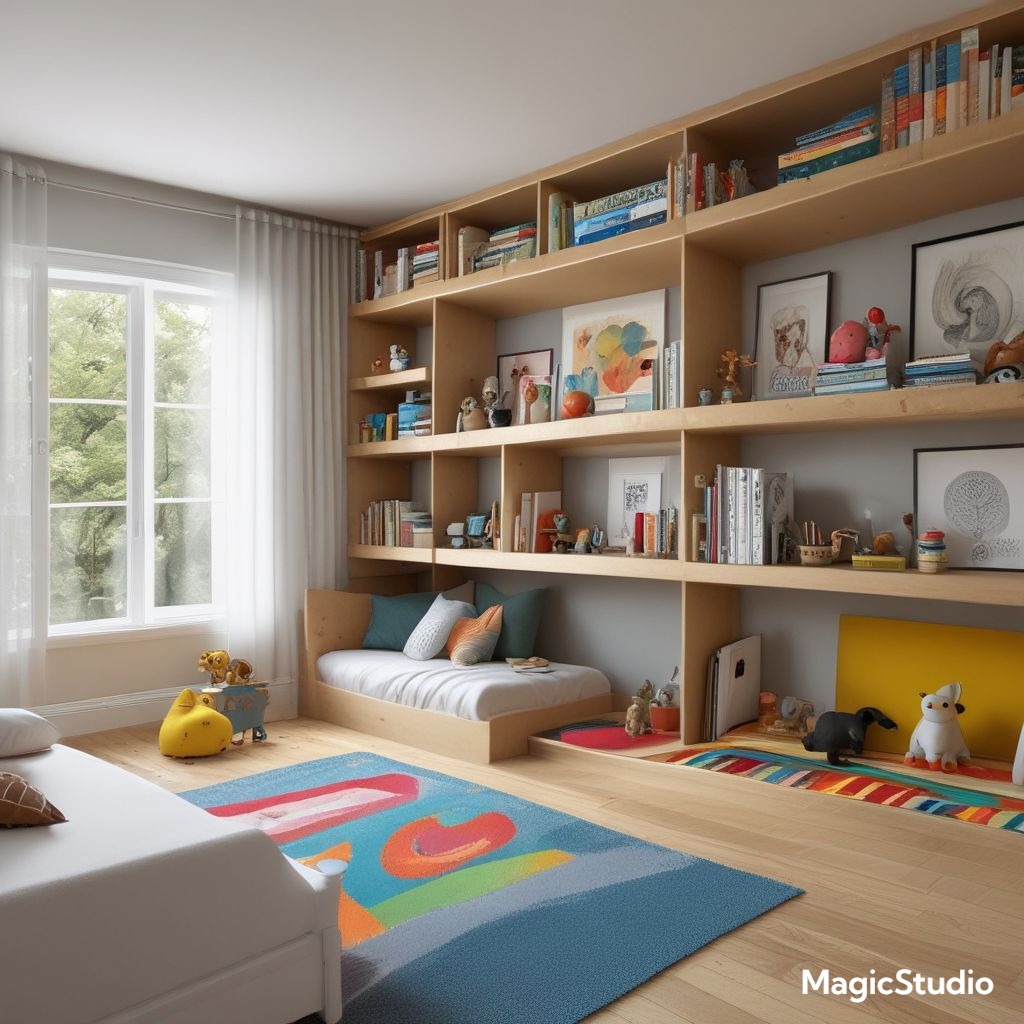
Wall Murals
Transform blank walls into vibrant backdrops for play with a custom-designed mural. A whimsical forest scene, a charming city skyline, or a galaxy of stars can spark imagination and create a captivating atmosphere. Consider using non-toxic, child-safe paints and stencils for a personalized touch. Wall murals are a popular trend in both the US and EU, adding a unique and artistic touch to children’s bedrooms.
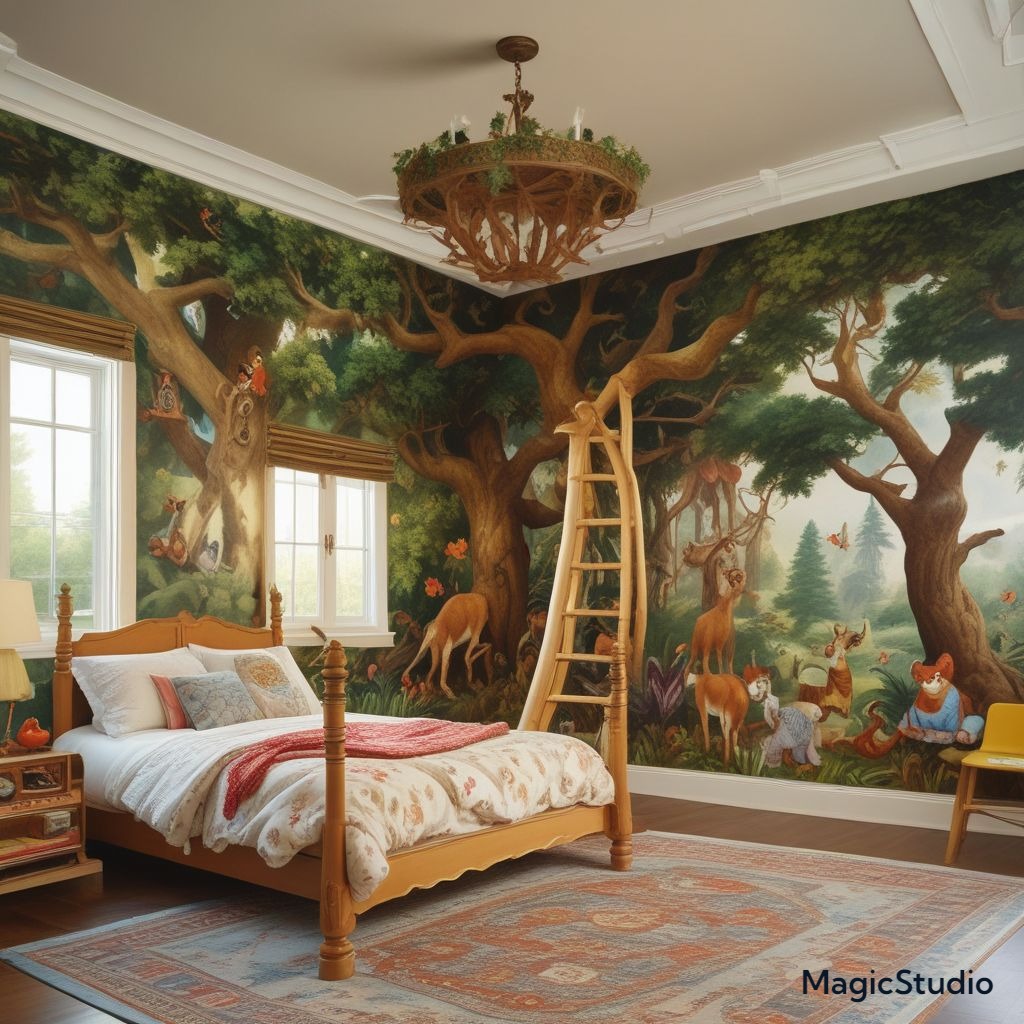
Climbing Wall
Encourage active play and physical development with a climbing wall. This can be a small wall with a few holds for younger children, or a larger structure with more challenging routes for older kids. Choose a climbing wall material that is safe and durable, and install it securely. This trend is particularly popular in the US, where outdoor play is emphasized.
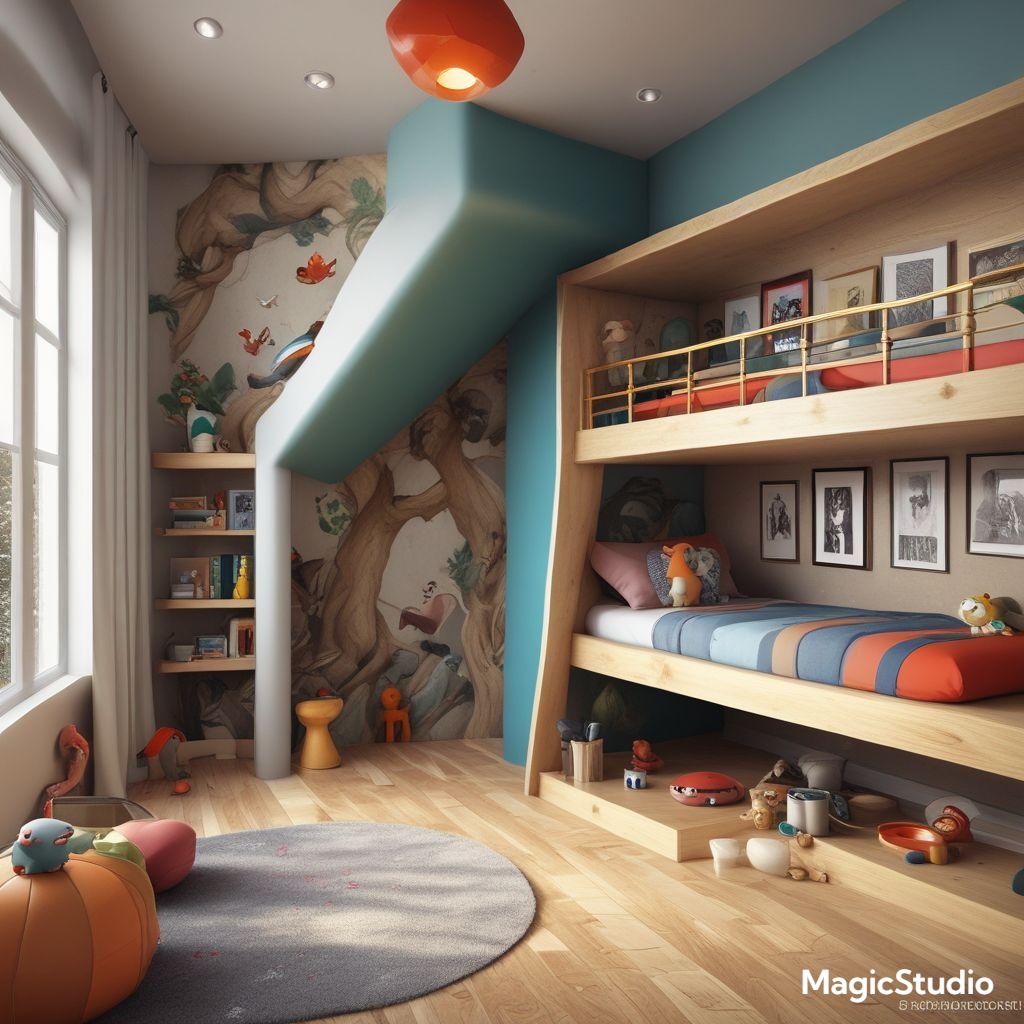
Playful Lighting
Create a fun and inviting atmosphere with playful lighting options. String lights draped across the ceiling can add a touch of whimsy, while a projector that casts animal shapes or constellations on the ceiling can inspire bedtime stories. Consider using dimmable lightbulbs to adjust the brightness depending on the activity. In both the US and EU, creative lighting solutions are becoming increasingly popular in children’s bedrooms.
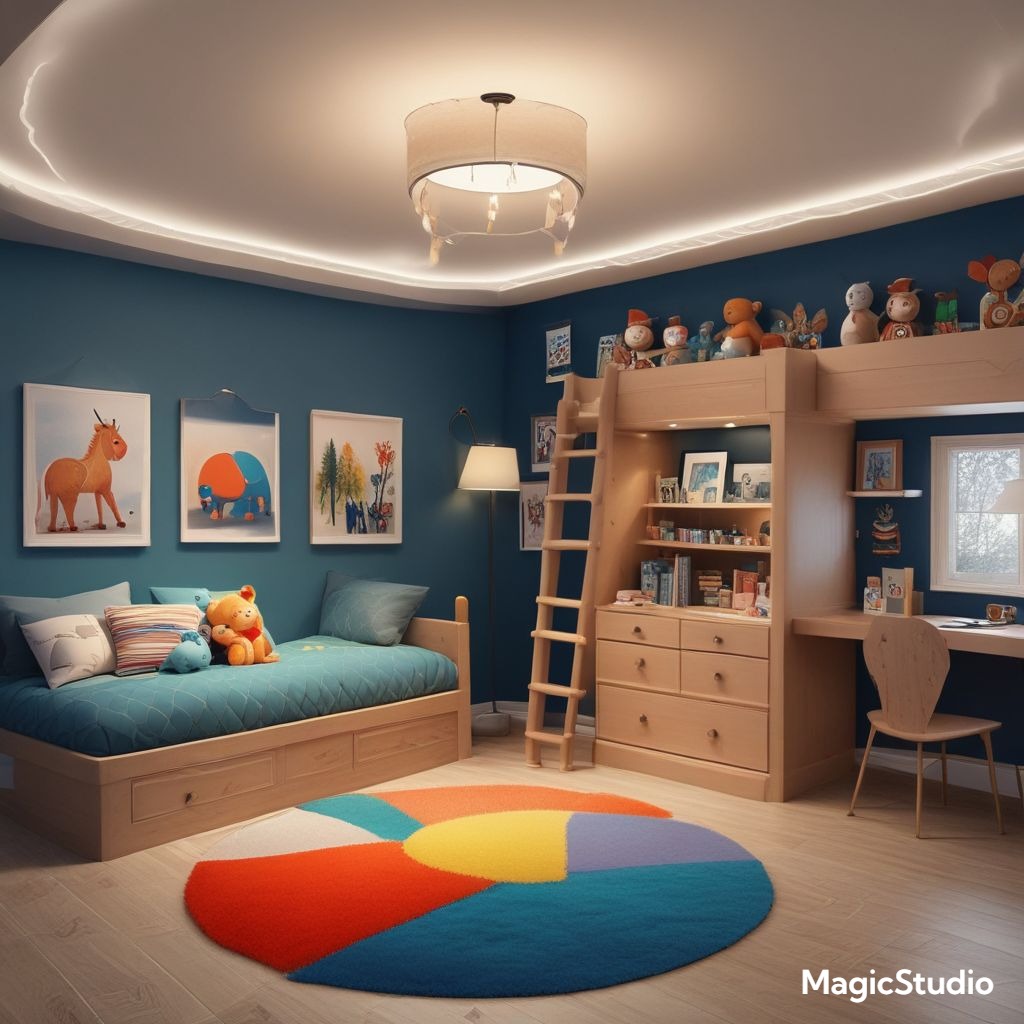
Creative Storage Solutions
Keep toys organized and out of sight with creative storage solutions. Use baskets, boxes, and bins in a variety of sizes and colors to categorize toys and create a visually appealing storage system. Utilize the space under the bed for additional storage, or install shelves above the bed to maximize vertical space. Both the US and EU prioritize functional and visually appealing storage solutions in children’s bedrooms.
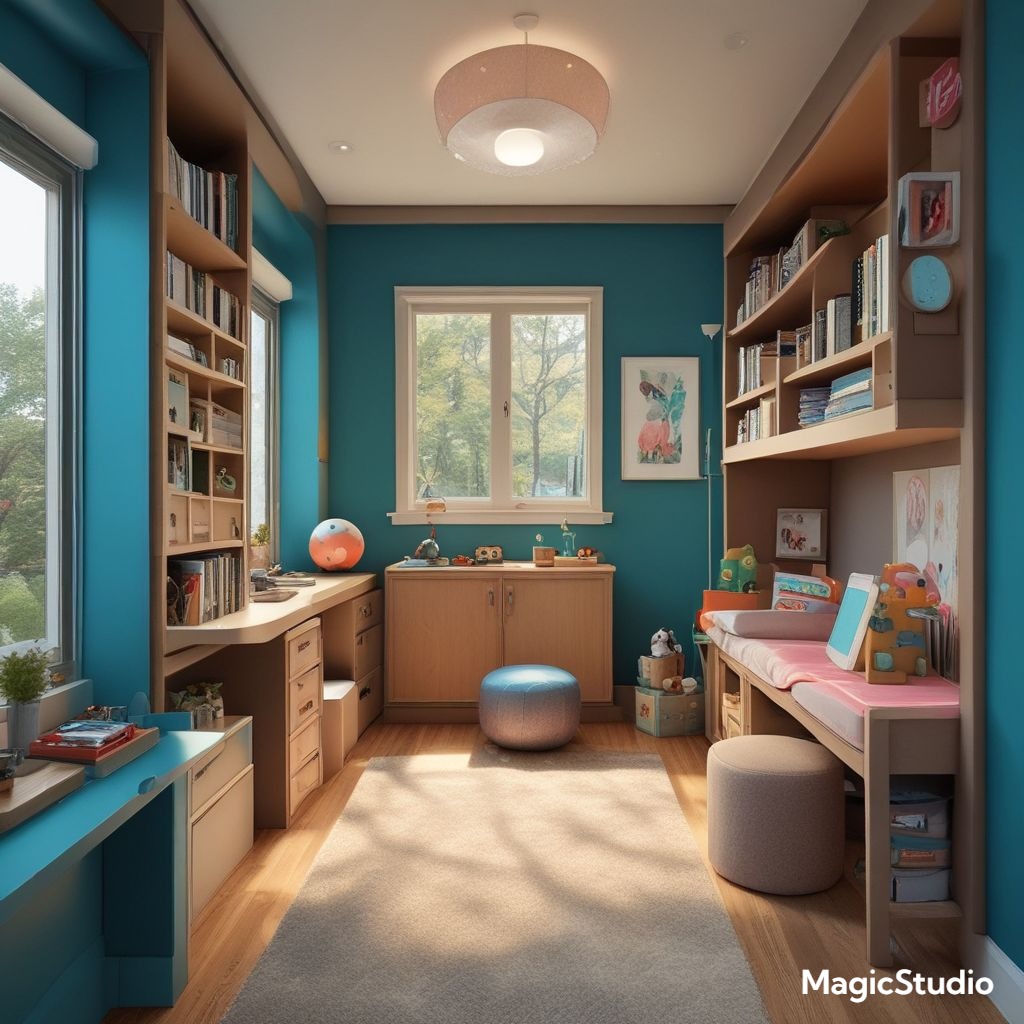
Themed Bedspreads and Curtains
Add personality and charm to the bedroom with themed bedspreads and curtains. Choose designs that match the overall theme of the room, or opt for playful patterns and bold colors that create a cheerful and inviting atmosphere. In the US, themed bedding is highly popular, while European trends lean towards more subtle patterns and natural materials.
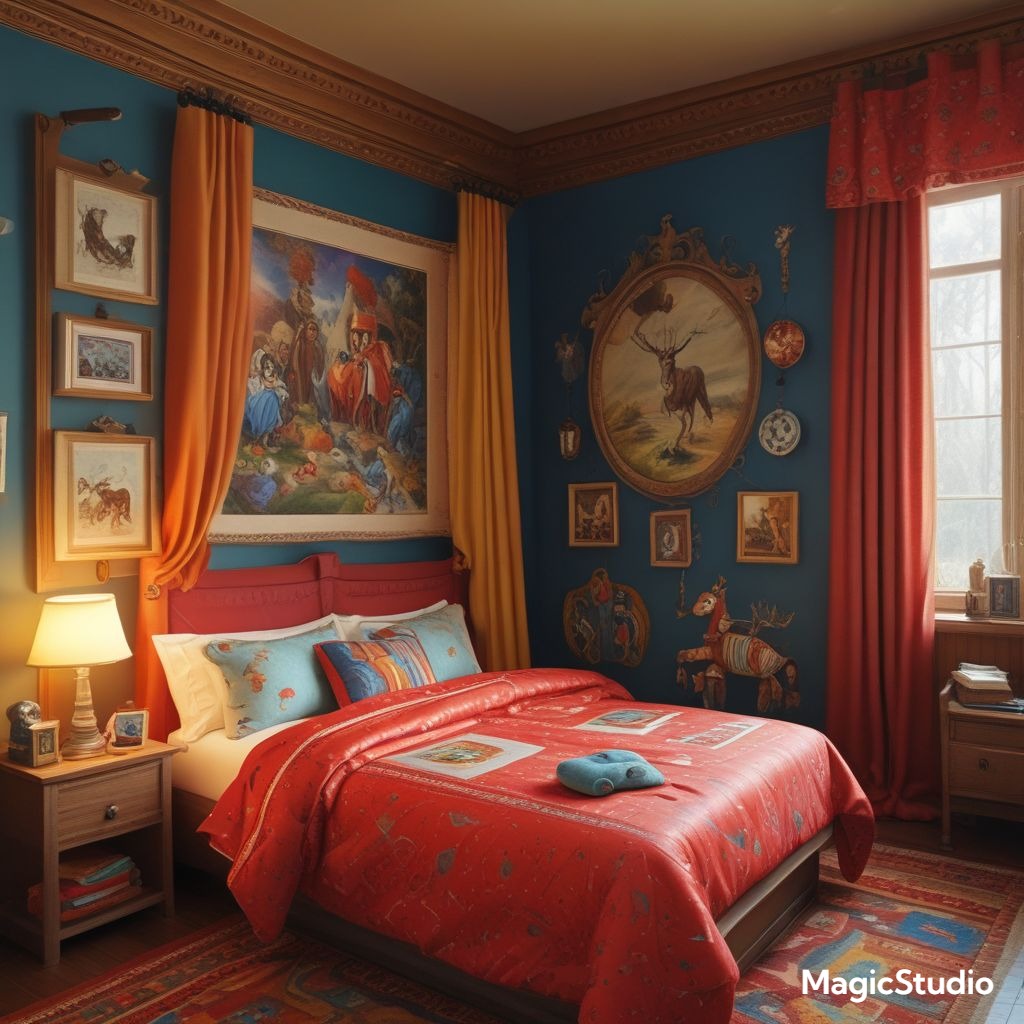
Interactive Wall Art
Encourage creativity and engagement with interactive wall art. This could include a chalkboard wall where children can draw and write, a magnetic wall for displaying artwork or notes, or a whiteboard where they can practice their writing skills. Interactive wall art is a growing trend in both the US and EU, adding a functional and playful element to children’s bedrooms.
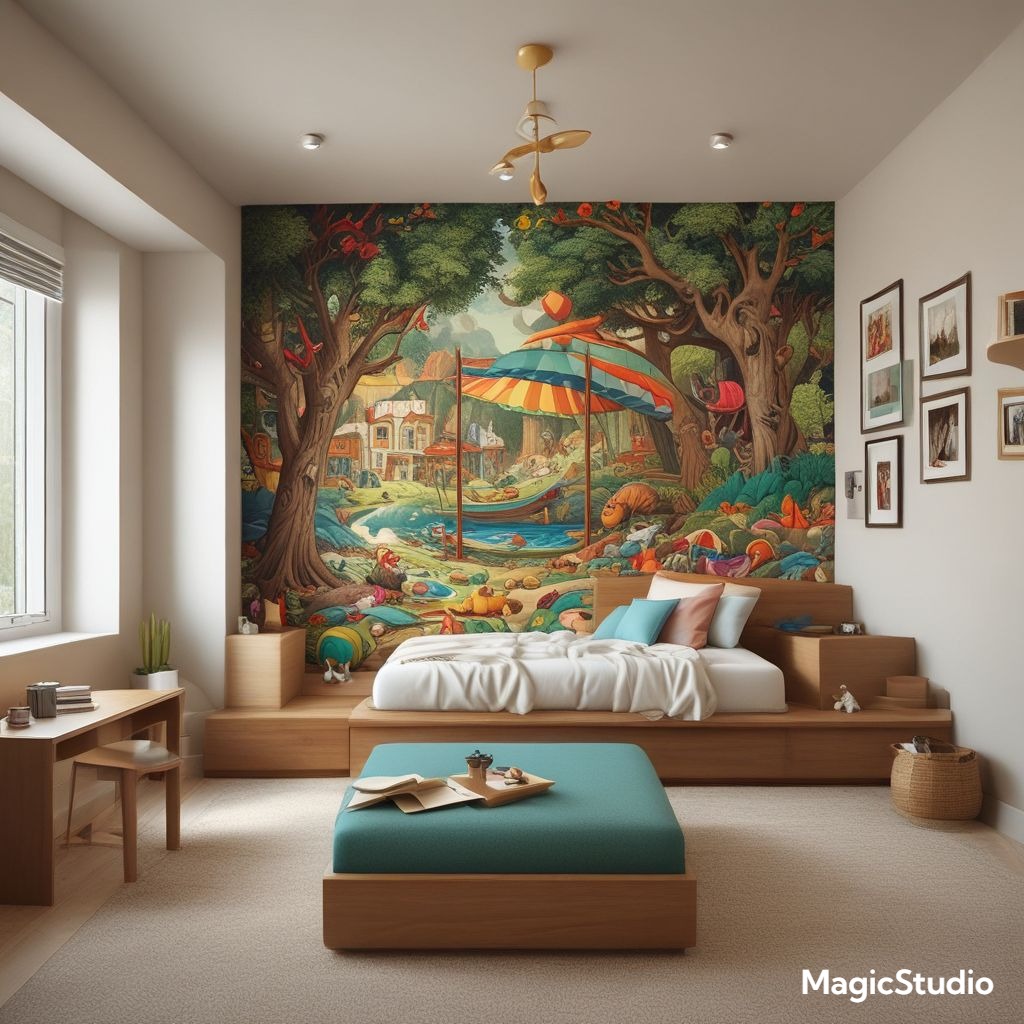
Cozy Reading Nook
Create a designated space for reading and relaxation with a cozy reading nook. This could be a comfy armchair tucked into a corner with a reading lamp, a beanbag chair in front of a window, or a small bookshelf with a cozy cushion for snuggling up with a book. In both the US and EU, creating dedicated reading spaces is a common practice in children’s bedrooms.
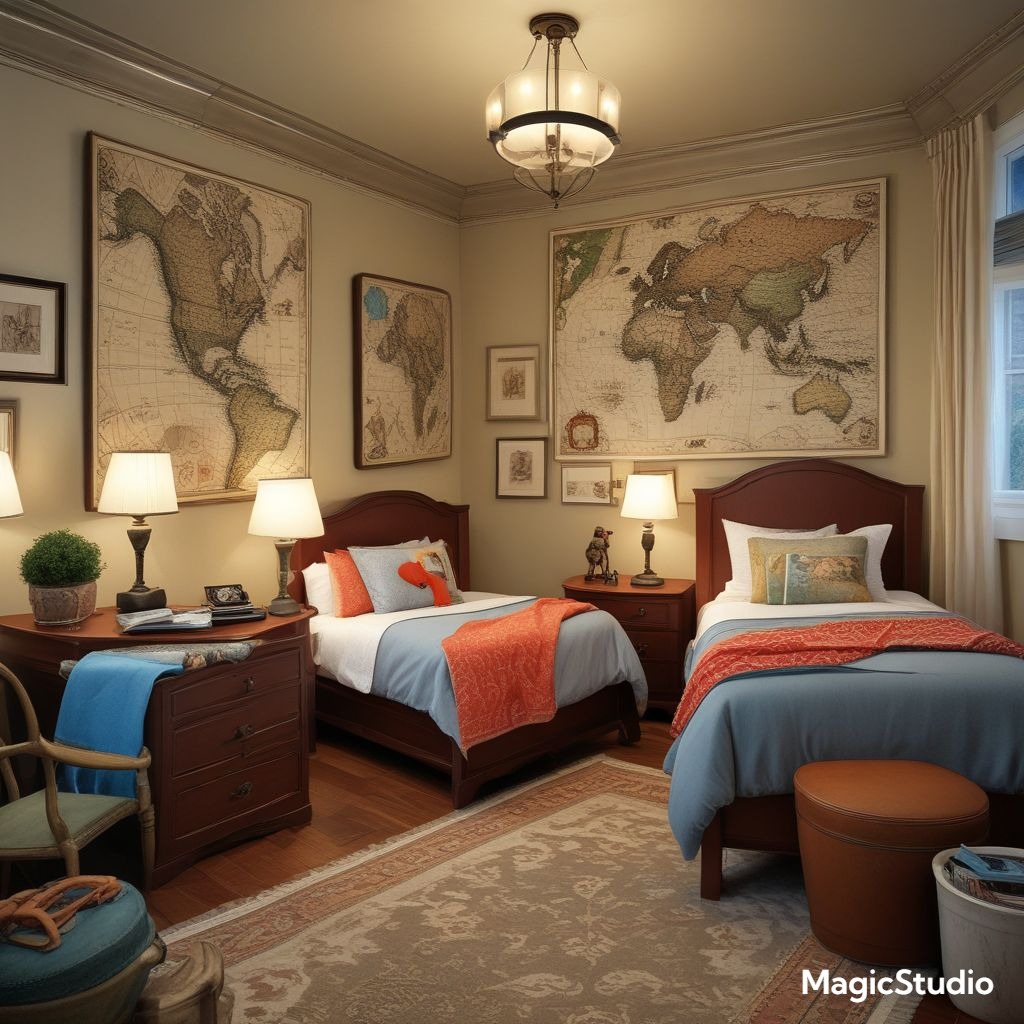
Play Kitchen
Encourage imaginative play and social interaction with a play kitchen. This can be a freestanding unit or a built-in corner, complete with a stovetop, oven, sink, and cabinets for storing play dishes and utensils. Choose a play kitchen that is durable and easy to clean, and select colors and designs that complement the overall theme of the room. In the US, play kitchens are a popular choice for children’s bedrooms, while in Europe, emphasis is placed on high-quality, eco-friendly materials.
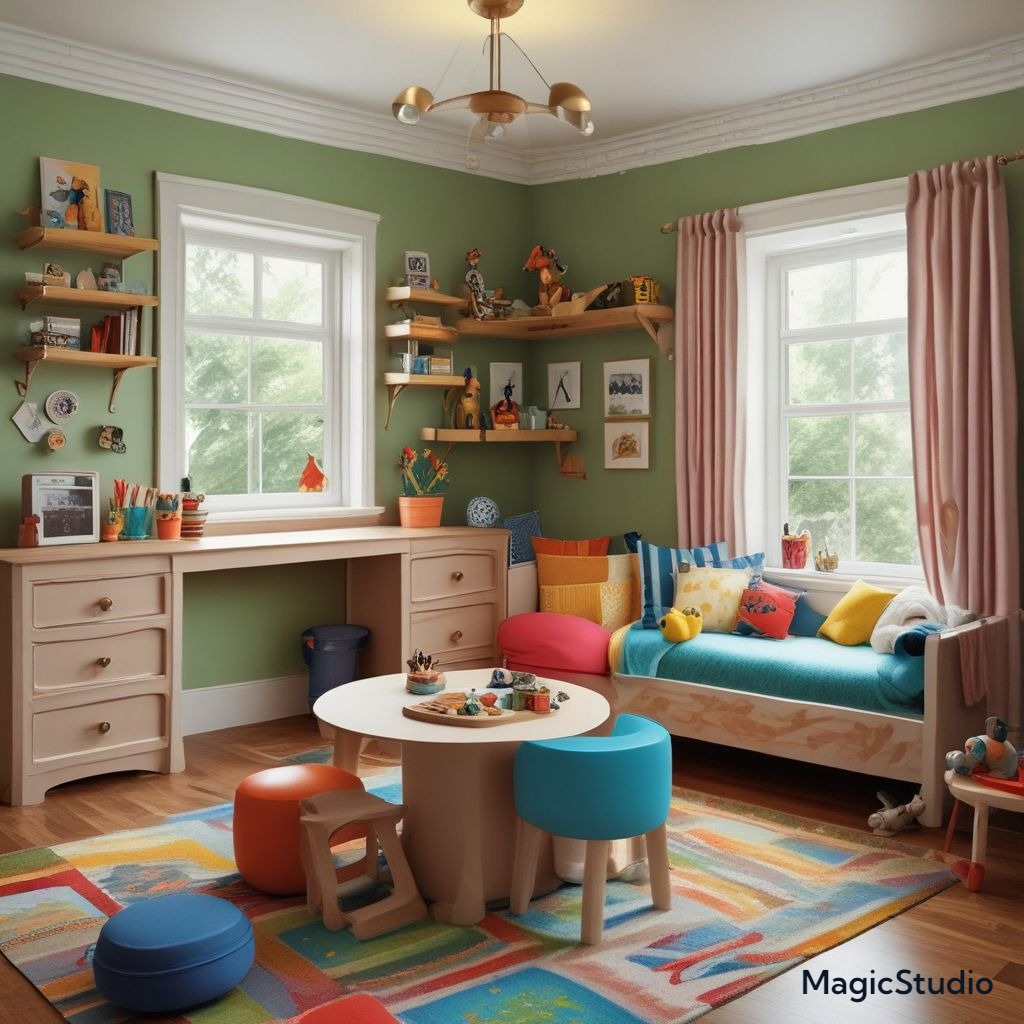
Natural Light and Ventilation
Maximize natural light and ventilation by choosing light-colored curtains and keeping the windows open when possible. Natural light creates a cheerful and spacious atmosphere, while good ventilation helps to regulate temperature and keep the air fresh. In both the US and EU, prioritizing natural light and ventilation is essential for creating a healthy and comfortable living space.
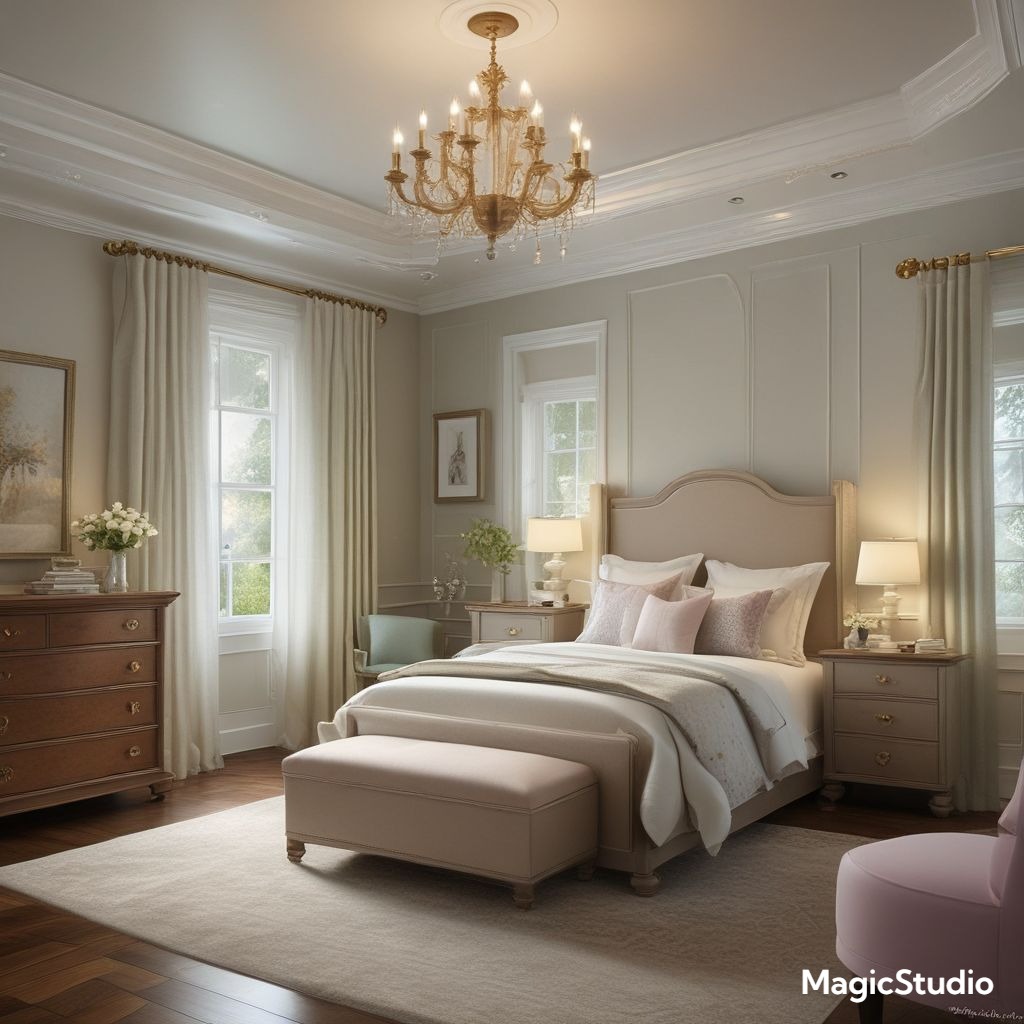
Art and Craft Corner
Encourage creativity and exploration with a dedicated art and craft corner. This can be a small table with supplies like crayons, paints, and paper, or a larger workspace with a storage unit for supplies. Choose a bright and cheerful area for this corner, and consider using washable paints and crayons for easy cleanup. In both the US and EU, providing a dedicated space for art and craft is becoming increasingly common in children’s bedrooms.
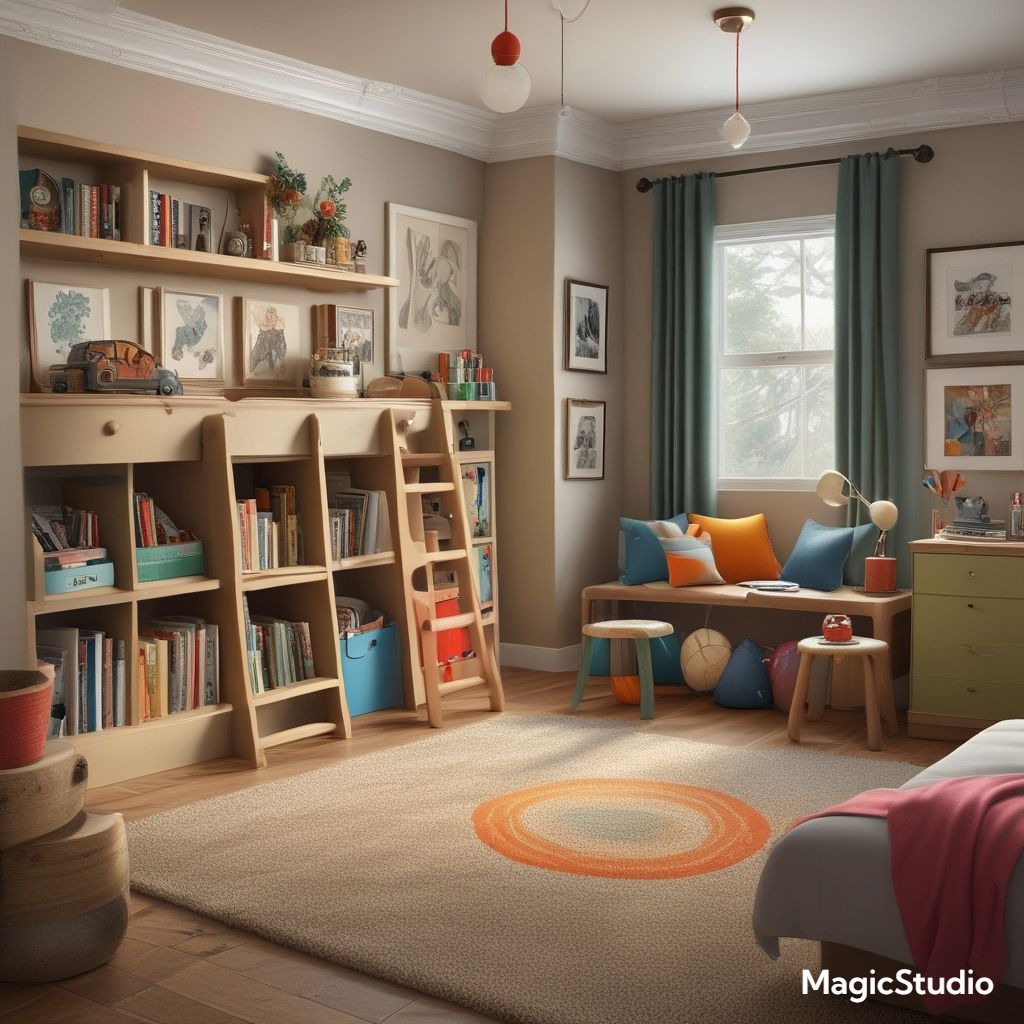
Outdoor Play Area Connection
Connect the indoor play area to an outdoor space for seamless transitions. If possible, create a connection between the bedroom and a patio, balcony, or backyard. This allows children to easily transition from indoor to outdoor play, promoting physical activity and fresh air. In the US, access to outdoor play is highly valued, while in Europe, emphasis is placed on creating safe and stimulating outdoor play areas.
